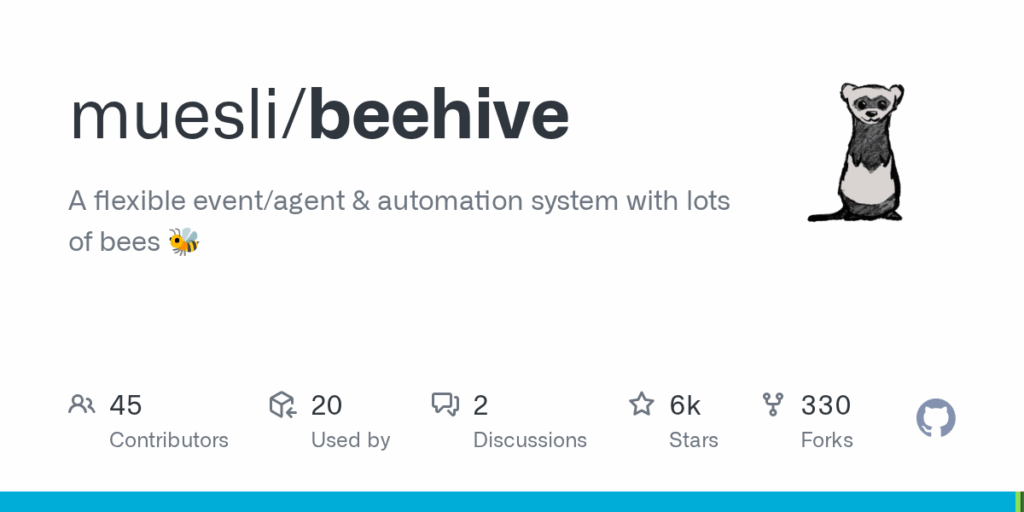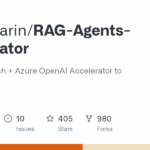beehive
Basic Information
beehive is described as a flexible event, agent, and automation system that provides infrastructure for creating and running event-driven agents and automated workflows. Based on the repository description, its purpose is to let users model and coordinate autonomous units (agents) in response to events and to automate sequences of tasks across systems. The project appears to be an orchestration and runtime layer rather than a single purpose end-user application. The bee motif suggests many small cooperating workers and implies support for concurrent or distributed processing of events. The repository README is not present in the provided text, so this summary is limited to the short description and repository signals.
Links
Stars
6441
Github Repository
Categorization
App Details
Features
According to the short repository description, key features focus on an event-driven agent model and automation capabilities. The system likely exposes primitives to define agents and event handlers, compose automation workflows, and route or dispatch events to agents. It emphasizes flexibility and extensibility to adapt automations to different environments and use cases. The project branding implies support for many cooperating agents running concurrently. Because the README content itself was not available in the provided text, specific protocols, APIs, adapters, or implementation details are not claimed here and are left unspecified.
Use Cases
beehive helps teams and developers implement event-driven automations and coordinate multiple autonomous agents to handle tasks and workflows. It can be used to centralize event handling, reduce manual operations by automating repetitive sequences, and prototype or deploy agent-based automation architectures. By providing an infrastructure for agents and events, it supports organizing work into smaller cooperating components, which can improve maintainability and make complex automation logic easier to reason about. The description implies benefits around flexibility and orchestration, though concrete integration points and operational details are not available in the provided README excerpt.








